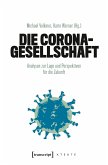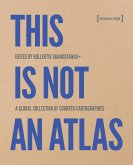Depicting the world, territory, and geopolitical realities involves a high degree of interpretation and imagination. It is never neutral. Cartography originated in ancient times to represent the world and to enable circulation, communication, and economic exchange. Today, IT companies are a driving force in this field and change our view of the world; how we communicate, navigate, and consume globally. Questions of privacy, authorship, and economic interests are highly relevant to cartography's practices. So how to deal with such powers and what is the critical role of cartography in it? How might a bottom-up perspective (and actions) in map-making change the conception of a geopolitical space?
Dieser Download kann aus rechtlichen Gründen nur mit Rechnungsadresse in A, D ausgeliefert werden.









